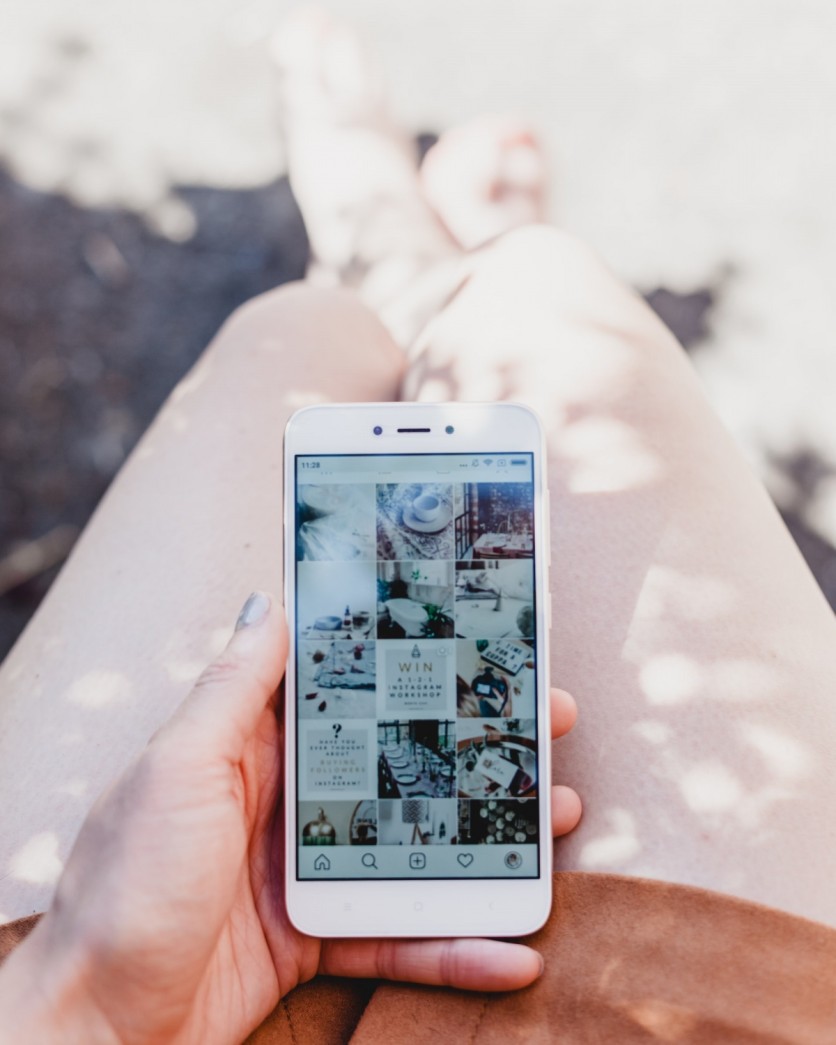
Whether you're a small consumer business or a global brand, social media marketing has become a necessary element in any communications strategy. With hundreds of millions of users from all reaches of the globe scrolling their feeds at any given moment, it's no wonder why brand marketers are turning to digital creators to promote their products, messages, events and services.
While influencers with massive audiences in the millions can reach wide swaths of consumers, their fees are cost prohibitive for small to mid-sized brands and their engagement is often abysmal, which is why marketers are embracing a more nuanced approach to influencer partnerships, leveraging micro-influencers to communicate their messages to more targeted segments of their audience.
Micro-influencers are creators with a smaller, more highly engaged social following, typically between a couple thousand to an upwards of 100,000 followers on any given platform. Relative to their size, these creators often have a much higher audience engagement rate than those influencers with millions of followers, and execute at a fraction of the cost. But that's not the only reason brands are seeing value in engaging micro-influencers.
According to Ryan Croy, owner of Los Angeles-based PR and marketing agency Public Haus, "As social media evolves, the way we're engaging creators on behalf of our clients is evolving as well. We've been on the front lines of influencer marketing since I launched the agency in 2017, and a lot has changed in that time. Regardless of the size of the brand, we've derived so much more value for our clients working with up-and-coming creators that have a vested interest in the success of the campaign, and audiences that actually care about their message."
Aside from typically having a much higher engagement rate than influencers with millions of followers, according to Croy, their relationship with their brand partner is typically much more personal than that of macro-influencers, which typically operate through large management companies.
"When we're aligning our clients with influencers, we want to have a direct correspondence with the creator so we can nurture the relationship," said Croy. "Over the years, the campaigns that have evolved into more extensive, ambassador-style relationships are those that started with a series of collaborative discussions. When engaging micro-influencers, this type of relationship is more the norm than the exception, with these creators often times going the extra mile to ensure their brand partner is getting as much ROI as possible."
Finding the right micro-influencers takes some time. There are a plethora of platforms and databases available, but according to Croy, "The best way to identify the right creators for your campaign is to roll up your sleeves and find them on your own. Spend time on the platform you plan to use for your campaign and reach out directly to those whose content resonates with you, introducing yourself, complimenting them and explaining your needs and goals. It's really that simple."
In conclusion, influencer marketing campaigns are a potent tool for driving influence, credibility and sales, if executed properly; and micro-influencers have become an increasingly popular resource for brands looking to promote their products or services. With their authenticity, cost-effectiveness, more personalized approach, and higher engagement rates, they can deliver exceptional value. For more information on how you can put the power of micro-influencers to work for you, connect with Public Haus by visiting publichausagency.com.
ⓒ 2025 TECHTIMES.com All rights reserved. Do not reproduce without permission.




